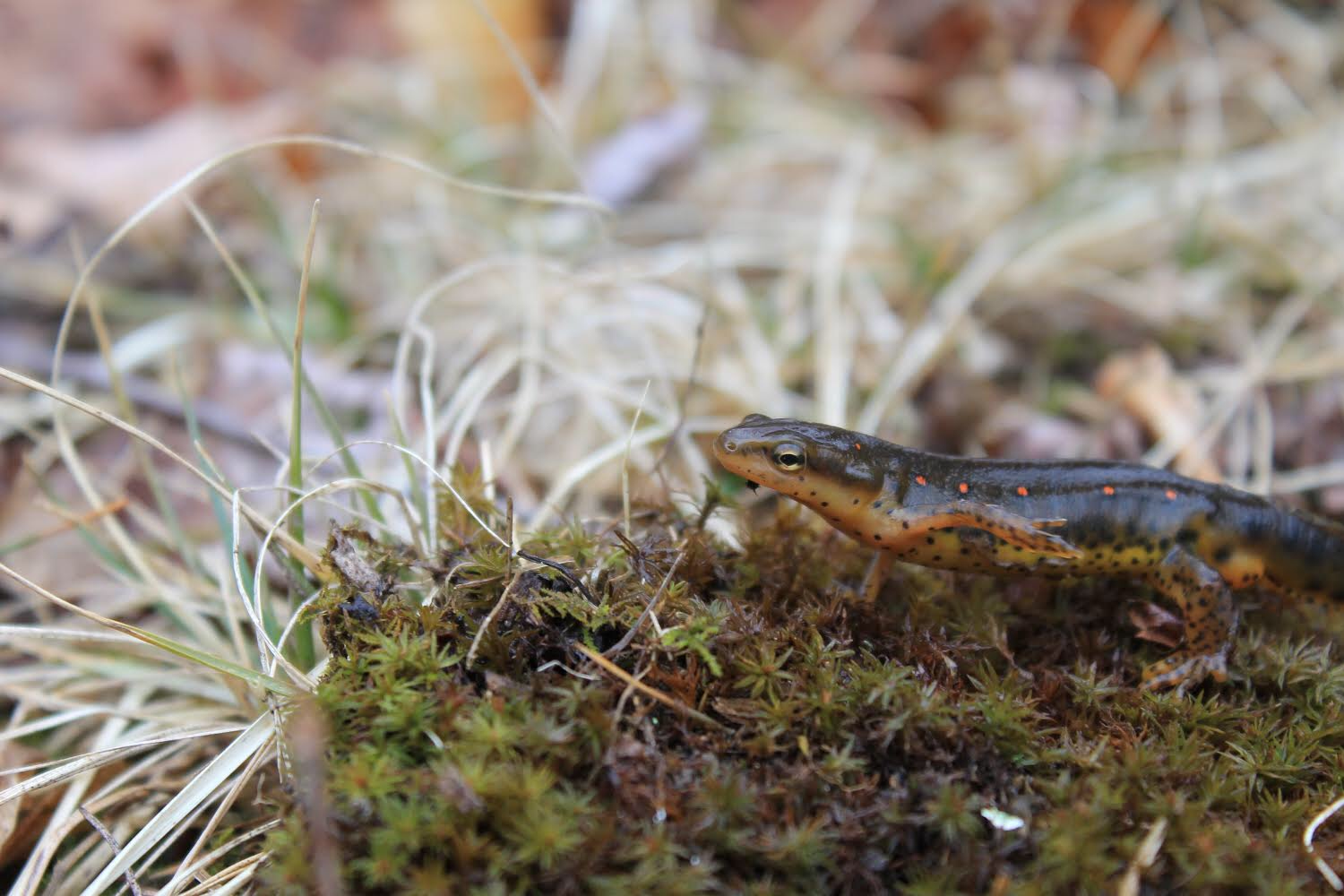Response & Control Working Group
Natural resource managers are often faced with making rapid decisions. The process can be quite overwhelming and confusing when dealing with multiple factors like an emerging pathogen, species with conservation status of concern, differing state or provincial/territorial, and federal jurisdictions, regulations, policy and permitting. The Bsal Response & Management Working Group aims to bridge the gap between identifying and implementing scientifically-sound mitigation actions in response to a confirmed Bsal detection in North America by proactively designing guidelines, identifying permitting steps, and facilitating the process of navigating the requirements for state or provincial/territorial and federal policy.
The goal of the Response and Group is to facilitate efficient and rapid response to Bsal invasion by:
- developing and updating the Rapid Response Plan as new information becomes available
- supporting policy and rule-making that can minimize entry of Bsal into North America
- facilitating and improving land management agencies’ ability to take proactive and reactive actions to prevent occurrence and transmission of Bsal in North America.
- providing resources for issues related to early detection and rapid response (including, but not limited to eradication, containment, or other management and control responses) to land management agencies.
Group Lead: Laura Sprague
Related Publications
Hopkins, M. C., Adams, M. J., Super, P. E., Olson, D. H., Hickman, C. R., English, P., … & Ludwig, K. A. (2018). Batrachochytrium salamandriovrans (Bsal) in Appalachia—Using scenario building to proactively prepare for a wildlife disease outbreak caused by an invasive amphibian chytrid fungus (No. 2018-1150). US Geological Survey.
Gray, M. J., Lewis, J. P., Nanjappa, P., Klocke, B., Pasmans, F., Martel, A., … & Christman, M. R. (2015). Batrachochytrium salamandrivorans: the North American response and a call for action. PLoS pathogens, 11(12), e1005251.
Julian, J., Henry, PF, Drasher, JM, Jewell, SD, Michell, K, Oxenrider, KJ, Smith, SA. 2020. Minimizing the Spread of Herpetofaunal Pathogens in Aquatic Habitats by Decontaminating Construction Equipment. Herpetological Review.
Malagon, D. A., L. A. Melara, O. F. Proper, S. Lenhart, E. D. Carter, J. A. Fordyce, A. C. Peterson, D. L. Miller, and M. J. Gray. 2020. Host density and habitat structure influence host contact rates and Batrachochytrium salamandrivorans transmission. Scientific Reports 10, 5584. doi.org/10.1038/s41598-020-62351-x.
Martel, A., Vila‐Escale, M., Fernández‐Giberteau, D., Martinez‐Silvestre, A., Canessa, S., Van Praet, S., … & Picart, M. (2020). Integral chain management of wildlife diseases. Conservation Letters, 13(2), e12707.
Pereira, K. E., M. J. Gray, J. L. Kerby, E. H. Campbell Grant, and J. Voyles. 2020. The next threat: how do we stop fungal disease from devastating North American salamanders? Wildlife Professional 14:41-46.
Waddle, J.H., Grear, D.A., Mosher, B.A., Grant, E.H.C., Adams, M.J., Backlin, A.R., Barichivich, W.J., Brand, A.B., Bucciarelli, G.M., Calhoun, D.L. Chestnut, T., et al. 2020. Batrachochytrium salamandrivorans (Bsal) not detected in an intensive survey of wild North American amphibians. Scientific Reports, 10(1), pp.1-7.

Eastern newt in Virginia. Photo credit: Molly Bletz
Members List:
Laura Sprague – USFWS
Molly Bletz – University of Massachusetts Boston & Amphibian Survival Alliance
Susan Jewell – USFWS
Riley Bernard – University of Wyoming
Evan Grant – USGS ARMI
Brittany Mosher – University of Vermont
Mike Adams – USGS ARMI
Matthew Gray – University of Tennessee Knoxville
